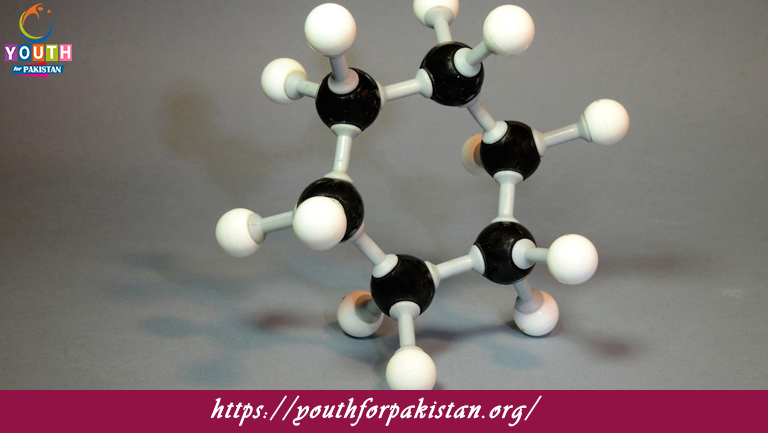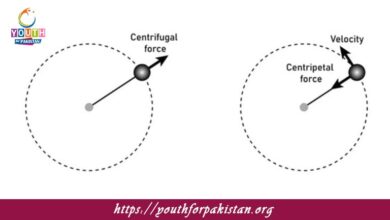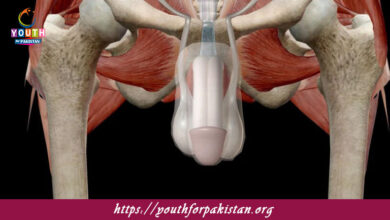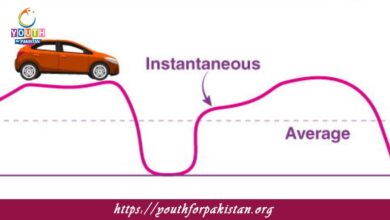Benzene Resonance Method MDCAT MCQs with Answers

Welcome to the Benzene Resonance Method MDCAT MCQs with Answers. In this post, we have shared Benzene Resonance Method Multiple Choice Questions and Answers for PMC MDCAT 2024. Each question in MDCAT Chemistry offers a chance to enhance your knowledge regarding Benzene Resonance Method MCQs in this MDCAT Online Test.
What is the primary feature of benzene’s structure according to the resonance method?
a) Single bonds only
b) Alternating single and double bonds
c) Delocalized π-electrons
d) Triple bonds only
How many resonance structures contribute to the overall structure of benzene?
a) One
b) Two
c) Three
d) Six
In benzene, the electrons in the π-bond system are:
a) Localized between two adjacent carbon atoms
b) Delocalized over all six carbon atoms
c) Found only in the carbon-hydrogen bonds
d) Completely absent
The bond order of C-C bonds in benzene is:
a) 1
b) 1.5
c) 2
d) 2.5
Which theory explains the stability of benzene and its equal bond lengths?
a) VSEPR Theory
b) Hybridization Theory
c) Resonance Theory
d) Molecular Orbital Theory
Resonance structures of benzene are:
a) Imaginary and do not exist
b) Equally probable and contribute to the resonance hybrid
c) Only one is significant
d) Only observed in liquid benzene
The term used to describe the electron density spread over benzene’s π-system is:
a) Electronegativity
b) Delocalization
c) Localization
d) Polarization
What does the resonance hybrid of benzene represent?
a) The average of all possible resonance structures
b) Only the most stable resonance structure
c) A structure with only single bonds
d) A structure with alternating single and double bonds
The concept of resonance was introduced by:
a) Linus Pauling
b) Gilbert N. Lewis
c) Archibald Scott Couper
d) Dmitri Mendeleev
In benzene, the actual bond length of the C-C bonds is:
a) Shorter than a single bond but longer than a double bond
b) The same as a single bond
c) The same as a double bond
d) Shorter than a triple bond
The hybridization of carbon atoms in benzene is:
a) sp
b) sp2
c) sp3
d) sp3d
How many π-electrons are involved in the resonance of benzene?
a) 4
b) 6
c) 8
d) 10
The Kekulé structure of benzene shows:
a) Alternating single and double bonds
b) Only single bonds
c) Only double bonds
d) A fully delocalized π-system
The resonance hybrid of benzene is best described as having:
a) Six equivalent carbon-carbon bonds
b) Three double bonds and three single bonds
c) Three triple bonds
d) Two single bonds and four double bonds
In the resonance hybrid of benzene, each carbon-carbon bond is:
a) A double bond
b) A single bond
c) An intermediate between single and double bonds
d) A triple bond
The resonance energy of benzene refers to:
a) The energy difference between the actual benzene structure and the hypothetical Kekulé structures
b) The total energy of the benzene molecule
c) The energy required to remove a hydrogen atom from benzene
d) The energy associated with bond formation in benzene
Benzene’s resonance structures help explain its:
a) Reactivity with nucleophiles
b) High stability and uniform bond lengths
c) Ability to form ionic bonds
d) Solubility in water
The delocalized π-electron system in benzene arises from:
a) Overlapping s-orbitals
b) Overlapping p-orbitals
c) Hybridized sp3 orbitals
d) The lone pair of electrons on hydrogen
Which of the following best represents the resonance hybrid of benzene?
a) A single structure with alternating double bonds
b) A structure with six separate single bonds
c) A structure with an average of bond lengths between single and double
d) A structure with alternating single and triple bonds
The number of π-bonds in the resonance hybrid of benzene is:
a) Three
b) Two
c) One
d) Four
Which bond length is characteristic of benzene?
a) Equivalent to a double bond
b) Equivalent to a single bond
c) Intermediate between single and double bonds
d) Equivalent to a triple bond
Benzene’s resonance energy is a measure of:
a) The stability gained by delocalization of π-electrons
b) The energy of formation from its elements
c) The bond dissociation energy
d) The ionization energy
In the resonance hybrid of benzene, the carbon atoms are:
a) Sp2 hybridized
b) Sp3 hybridized
c) Sp hybridized
d) Unhybridized
Which statement accurately describes benzene’s resonance structures?
a) They are in rapid equilibrium and cannot be isolated
b) They are identical and do not affect the hybrid structure
c) They are static and do not contribute to the overall structure
d) They are equal in energy and fully distinct
The concept of resonance in benzene helps to explain its:
a) Higher reactivity compared to alkenes
b) Lack of reactivity in addition reactions
c) Formation of ionic bonds
d) Ability to form multiple structures without resonance
The resonance hybrid model of benzene indicates that:
a) The C-C bonds are purely single or double bonds
b) The bond lengths are equal and intermediate between single and double bonds
c) Benzene has alternating triple bonds
d) Benzene has only single bonds
The resonance structures of benzene are different in:
a) Bond lengths and bond angles
b) The position of π-electrons
c) The hybridization of carbon atoms
d) The type of bonds between carbon atoms
The resonance theory of benzene is significant because it explains:
a) The uniformity of bond lengths in the benzene ring
b) The high acidity of benzene
c) The low boiling point of benzene
d) The basicity of benzene
In the resonance hybrid of benzene, the π-electrons are:
a) Localized between individual carbon atoms
b) Delocalized across the entire ring
c) Associated only with the hydrogen atoms
d) Confined to carbon-hydrogen bonds
Which of the following statements is correct regarding the resonance energy of benzene?
a) It is the energy required to form the benzene molecule from its elements
b) It is the energy difference between the actual benzene structure and hypothetical resonance structures
c) It is the total energy of benzene
d) It is the energy associated with the loss of hydrogen atoms
The resonance hybrid of benzene results in:
a) Six equivalent bond lengths
b) Three long bonds and three short bonds
c) A mixture of single and double bonds
d) Triple bonds in the benzene ring
Benzene’s resonance structure helps explain its:
a) Stability compared to alkenes
b) Ability to form ionic bonds
c) Reactivity in electrophilic substitution
d) Solubility in water
In the resonance hybrid model, which type of bond is represented in benzene?
a) Purely single bonds
b) Purely double bonds
c) An average of single and double bonds
d) Triple bonds
The structure of benzene, as described by the resonance model, is:
a) A planar ring with alternating double and single bonds
b) A planar ring with six double bonds
c) A non-planar structure with unequal bond lengths
d) A structure with six single bonds and one double bond
Resonance structures of benzene help explain its:
a) Low reactivity compared to alkenes
b) High acidity
c) High melting point
d) Ability to form hydrogen bonds
The resonance hybrid of benzene is considered:
a) More stable than any individual resonance structure
b) Less stable than any individual resonance structure
c) Equally stable as any individual resonance structure
d) Unstable and not representative
The resonance model explains that the benzene ring is:
a) Planar with delocalized π-electrons
b) Non-planar with isolated π-electrons
c) Non-planar with localized π-electrons
d) Planar with isolated double bonds
Which of the following best describes the bond angles in benzene according to the resonance theory?
a) 120°
b) 90°
c) 180°
d) 109.5°
The resonance hybrid of benzene is depicted as:
a) A single structure with alternating double bonds
b) A combination of all resonance structures with equal contribution
c) A structure with only double bonds
d) A structure with only single bonds
The resonance structures of benzene contribute to its:
a) Stability and uniform bond lengths
b) Reactivity towards nucleophiles
c) Solubility in non-polar solvents
d) Basicity compared to other aromatic compounds
If you are interested to enhance your knowledge regarding Physics, Chemistry, Computer, and Biology please click on the link of each category, you will be redirected to dedicated website for each category.





